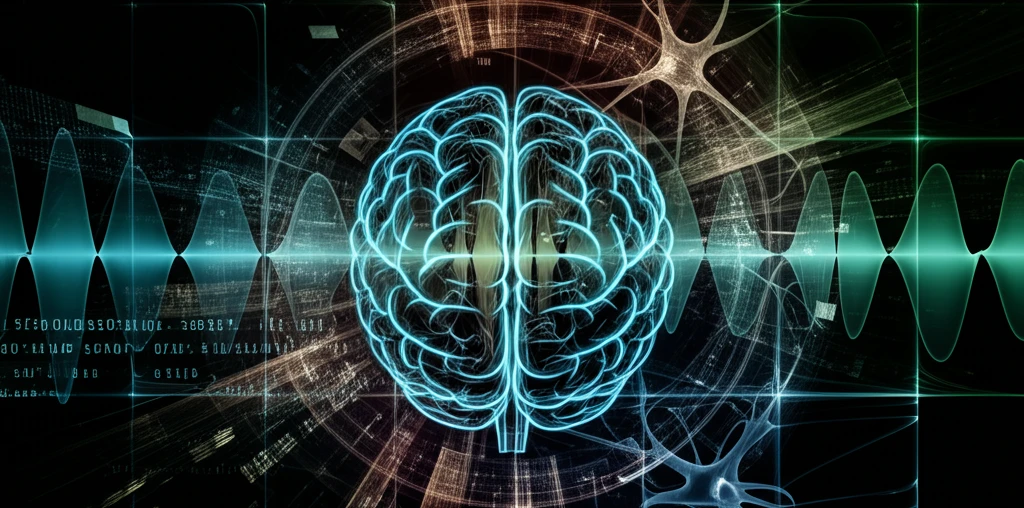
Decoding Your Brain: How Neural Spikes and Information Theory Can Unlock Your Mind's Secrets
"Explore the fascinating intersection of neuroscience and information theory to understand how neural spikes shape our thoughts and actions."
Our brains, often likened to intricate computers, process information in ways that continue to fascinate and challenge scientists. Two fundamental ideas dominate this field: the brain as an information processor and the brain as a computer. Both concepts hinge on how neural signals—specifically, neural spikes—are understood. Traditionally, these spikes have been viewed as binary signals, similar to the 0s and 1s that drive digital computers.
But what if this view is too simplistic? Recent evidence suggests that neural spikes are more complex than mere on-off switches. The precise shape and timing of these spikes may carry critical information, challenging the long-held assumption that they function solely as discrete signals. This revelation opens up new questions about how information theory—a field that quantifies information—can be applied to neural systems.
Corey J. Maley's research delves into this complex intersection, questioning whether our current understanding of information theory adequately captures the nuances of neural communication. By exploring the challenges and pitfalls of applying traditional models to these newly discovered complexities, Maley highlights the need for a more refined approach to understanding the brain's intricate processes.
The Intricacies of Neural Information Processing

Information theory, pioneered by Claude Shannon, provides a framework for quantifying information in various systems. However, it's crucial to distinguish Shannon information from other types, such as semantic (meaning-based) or natural (causal) information. While it's tempting to apply information theory broadly, doing so without careful consideration can lead to trivial or misleading results.
- Spike Shape Matters: Recent studies indicate that the precise waveform of a neural spike can influence downstream neurons, challenging the idea that all spikes are identical.
- Analog-Digital Facilitation: Voltage levels within a neuron can affect the shape of subsequent action potentials, adding another layer of complexity.
- Synaptic Plasticity: The waveform of a neural spike can alter synaptic behavior, affecting how future signals are processed.
- Sub-threshold Dynamics: Activity below the neuron's firing threshold can influence the shape and impact of subsequent spikes.
A New Perspective on the Brain's Code
The emerging view of neural spikes as continuously variable signals complicates our understanding of brain function. However, this complexity also presents an opportunity to refine our models and develop more nuanced approaches to studying neural communication. As researchers delve deeper into the intricacies of spike waveforms and their functional significance, we can expect a more complete and accurate picture of how the brain processes information, paving the way for new insights into cognition, behavior, and neurological disorders. The journey toward understanding the brain's code has only just begun, and the closer we look, the more we realize how much there is to discover.
